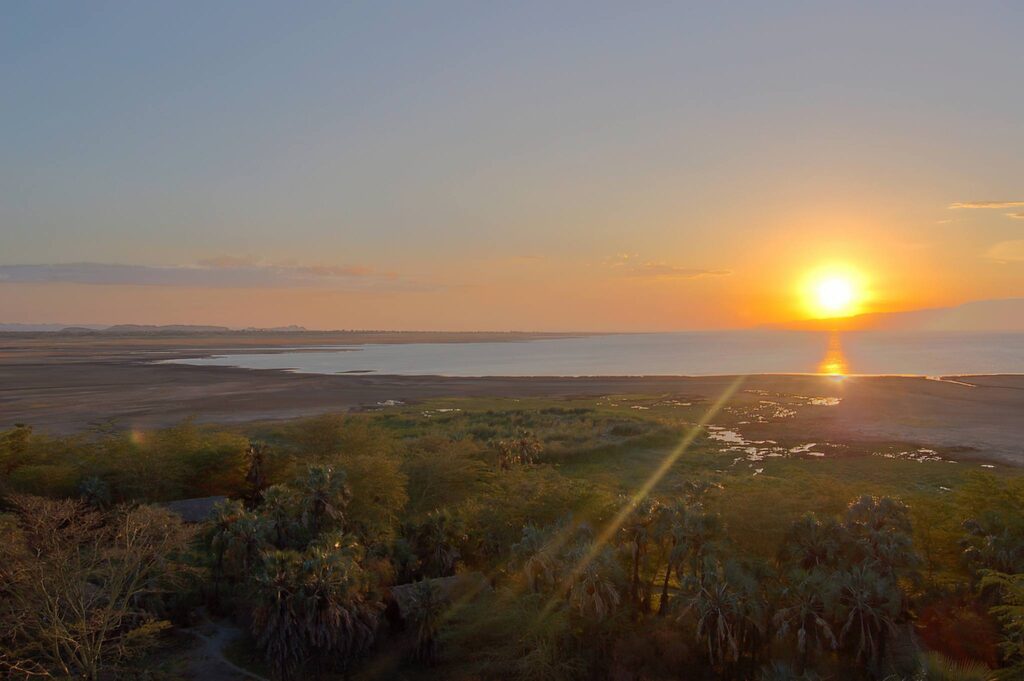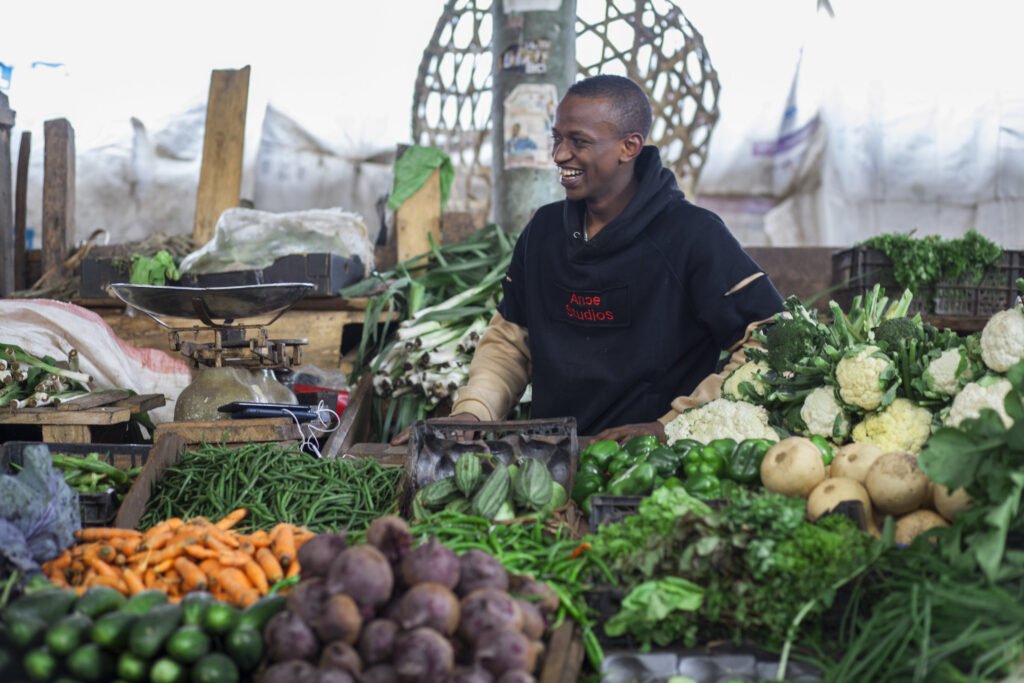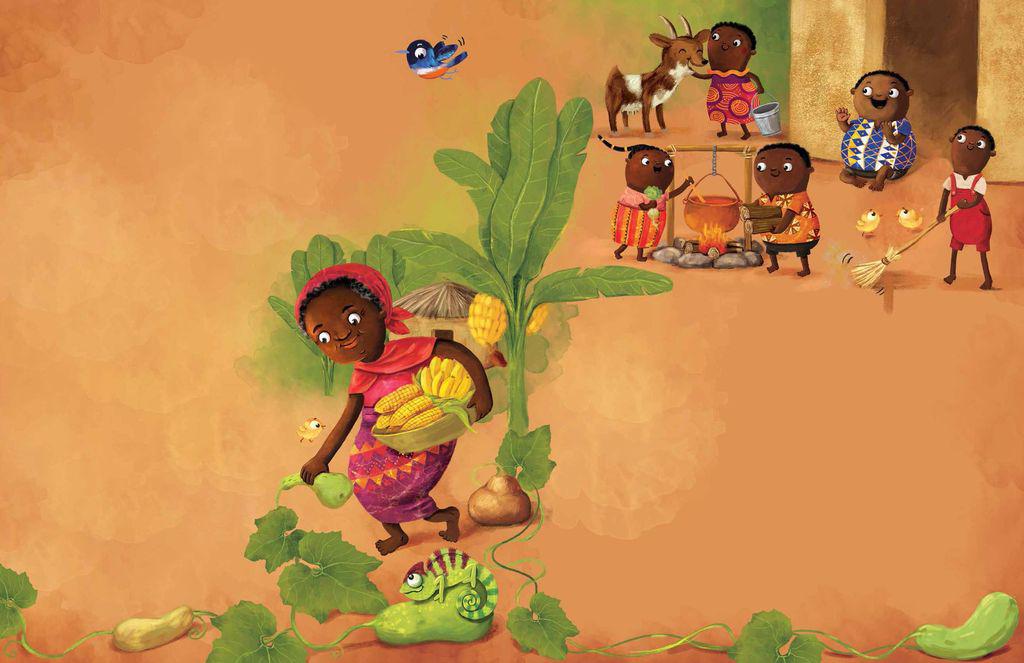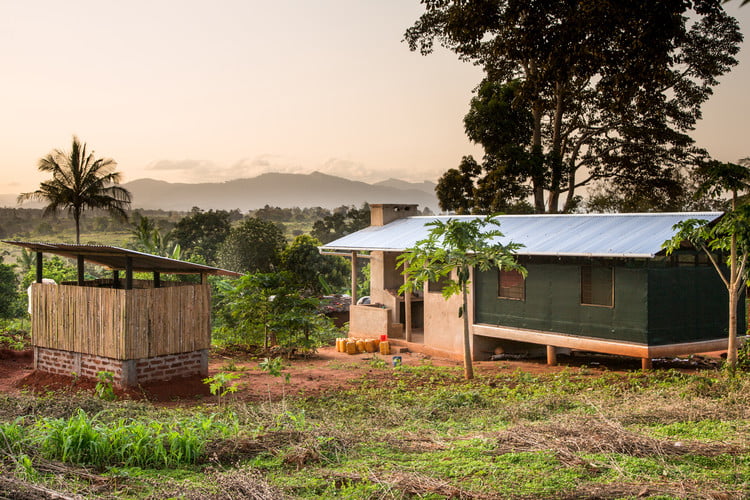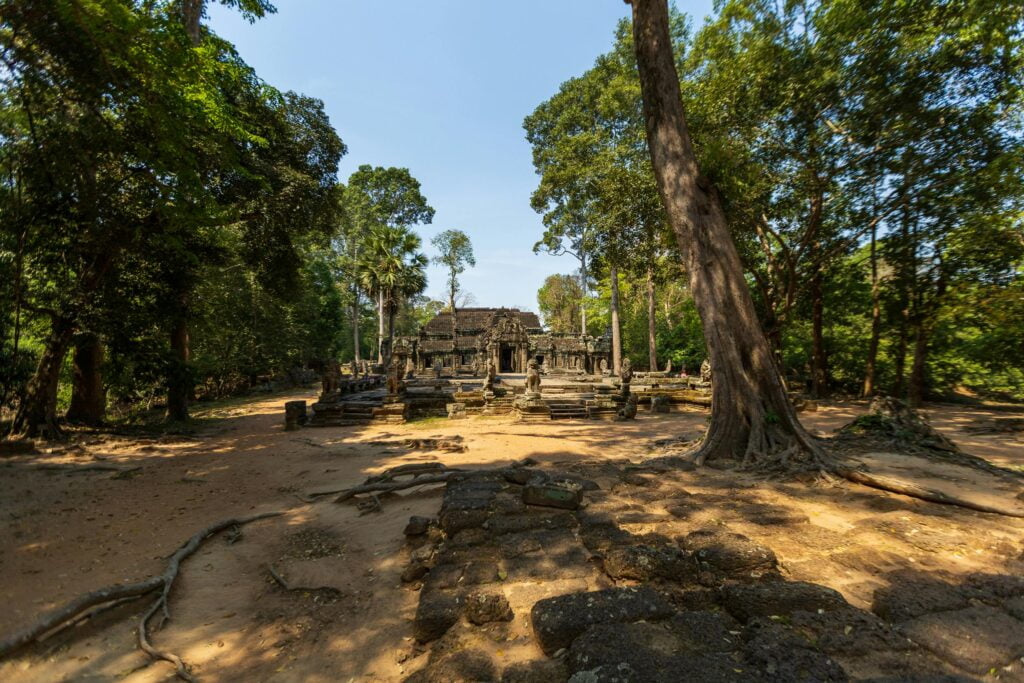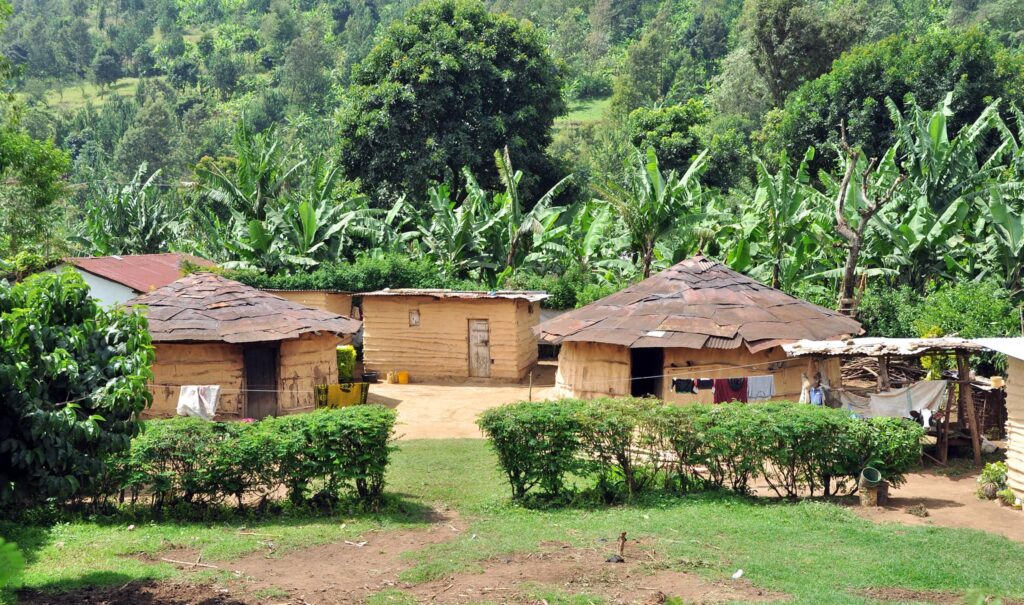Exploring Lake Eyasi: A Cultural and Natural Gem in Tanzania
Nestled in the heart of northern Tanzania, Lake Eyasi is a captivating destination that seamlessly blends rich cultural heritage with stunning natural beauty. As part of the Serengeti ecosystem and situated near the renowned Ngorongoro Conservation Area, Lake Eyasi offers a unique safari experience that goes beyond traditional wildlife viewing. Join Future African Safari as we delve into the wonders of Lake Eyasi, uncovering its scenic landscapes, vibrant cultures, and unforgettable adventures. A Glimpse into Lake Eyasi Lake Eyasi is a seasonal lake located in the Rift Valley, approximately 125 kilometers northwest of Arusha. While it may not boast the vast waters of some of Tanzania’s other lakes, Lake Eyasi is renowned for its breathtaking surroundings and the diverse ecosystems it supports. The lake’s fluctuating water levels create a dynamic landscape, ranging from lush wetlands during the rainy season to serene dry plains when the waters recede. Rich Biodiversity and Scenic Landscapes Despite its modest size, Lake Eyasi is a haven for a variety of wildlife and bird species. The area surrounding the lake features a mix of savannahs, woodlands, and grasslands, providing habitats for elephants, buffaloes, giraffes, zebras, and numerous antelope species. Bird enthusiasts will delight in spotting over 300 bird species, including the vibrant lilac-breasted roller and the graceful flamingos that grace the lake’s shores during the wet season. Key Highlights: Wildlife Viewing: Experience close encounters with Tanzania’s iconic animals in a more intimate setting compared to the busier parks. Bird Watching: Lake Eyasi is a paradise for birdwatchers, offering sightings of both common and rare species. Scenic Beauty: From expansive savannahs to tranquil wetlands, the diverse landscapes provide endless photographic opportunities. Cultural Heritage: The Inhabitants of Lake Eyasi One of Lake Eyasi’s most compelling features is its rich cultural tapestry. The region is home to several indigenous tribes, each with its own unique traditions, languages, and lifestyles. Notably, the Hadzabe and Datoga communities offer visitors an authentic glimpse into Tanzania’s diverse cultural heritage. Meet the Tribes: Hadzabe People: Often referred to as one of the last remaining hunter-gatherer tribes in Africa, the Hadzabe maintain a traditional way of life that has remained largely unchanged for centuries. Visitors can engage in cultural exchanges, learn about their hunting techniques, and participate in traditional dances and ceremonies. Datoga People: Known for their distinctive dress and intricate beadwork, the Datoga are skilled metalworkers and pastoralists. Exploring their villages provides insights into their craftsmanship, social structures, and vibrant cultural practices. Cultural Experiences: Village Visits: Immerse yourself in the daily lives of the Hadzabe and Datoga by visiting their villages, where you can observe traditional activities and interact with community members. Cultural Performances: Enjoy traditional music, dance, and storytelling that highlight the rich oral traditions of the local tribes. Craft Workshops: Participate in workshops to learn about traditional crafts such as beadwork, pottery, and basket weaving. Adventure Activities: Beyond the Safari Lake Eyasi offers a range of activities that cater to both adventure seekers and those looking to relax amidst nature’s tranquility. Top Activities: Game Drives: Explore the diverse wildlife of Lake Eyasi and its surrounding areas on guided game drives, led by experienced rangers who can help you spot elusive animals and birds. Walking Safaris: For a more immersive experience, embark on a walking safari to discover the smaller details of the ecosystem, from unique plant species to animal tracks. Bird Watching Tours: Join specialized birding tours to explore the avian diversity of Lake Eyasi, guided by knowledgeable ornithologists. Cultural Tours: Engage in guided cultural tours that offer deep insights into the traditions and lifestyles of the Hadzabe and Datoga people. Photography Expeditions: Capture the stunning landscapes and vibrant wildlife with the help of professional photography guides who know the best spots and times for the perfect shot. Best Time to Visit Lake Eyasi Lake Eyasi is a year-round destination, but the experience varies with the seasons: Dry Season (June to October): This is the optimal time for wildlife viewing, as animals congregate around water sources and the vegetation is less dense, making it easier to spot elusive species. The dry season also offers clear skies and pleasant weather for outdoor activities. Wet Season (November to May): During the wet season, the landscape transforms with lush greenery and blooming flowers. While wildlife is more dispersed, the park is less crowded, and birdlife is particularly vibrant. This season is ideal for those seeking tranquility and picturesque scenery. Accommodation: Comfort Amidst Nature Lake Eyasi offers a range of accommodation options to suit different preferences and budgets, ensuring a comfortable and memorable stay. Accommodation Options: Luxury Lodges: Indulge in comfort and style at luxury lodges that provide spacious rooms, gourmet dining, and exclusive safari experiences. These lodges often feature private pools, panoramic views, and personalized services. Tented Camps: For a more authentic safari experience, stay at tented camps that offer a blend of rustic charm and modern amenities. Enjoy open-air dining, communal fire pits, and guided excursions right from your doorstep. Budget-Friendly Campsites: Travelers on a budget can find affordable campsites and basic lodges that provide essential comforts without compromising on the safari experience. These options are perfect for backpackers and those looking to extend their stay. Conservation and Sustainability Lake Eyasi is committed to preserving its natural and cultural heritage through sustainable tourism and conservation initiatives. By choosing to visit Lake Eyasi with Future African Safari, you contribute to ongoing efforts to protect the region’s biodiversity and support local communities. Conservation Efforts: Wildlife Protection: Collaborative efforts with local authorities and conservation organizations ensure the protection of endangered species and their habitats. Community Engagement: Supporting local tribes through tourism helps sustain their traditional lifestyles and empowers communities to take an active role in conservation. Eco-Friendly Practices: Implementing sustainable tourism practices minimizes environmental impact and promotes the preservation of Lake Eyasi’s pristine landscapes. Plan Your Lake Eyasi Adventure Whether you’re drawn by the allure of Tanzania’s diverse wildlife, the rich cultural experiences, or the serene beauty of Lake Eyasi’s landscapes, this destination offers something
Exploring Lake Eyasi: A Cultural and Natural Gem in Tanzania Read More »

